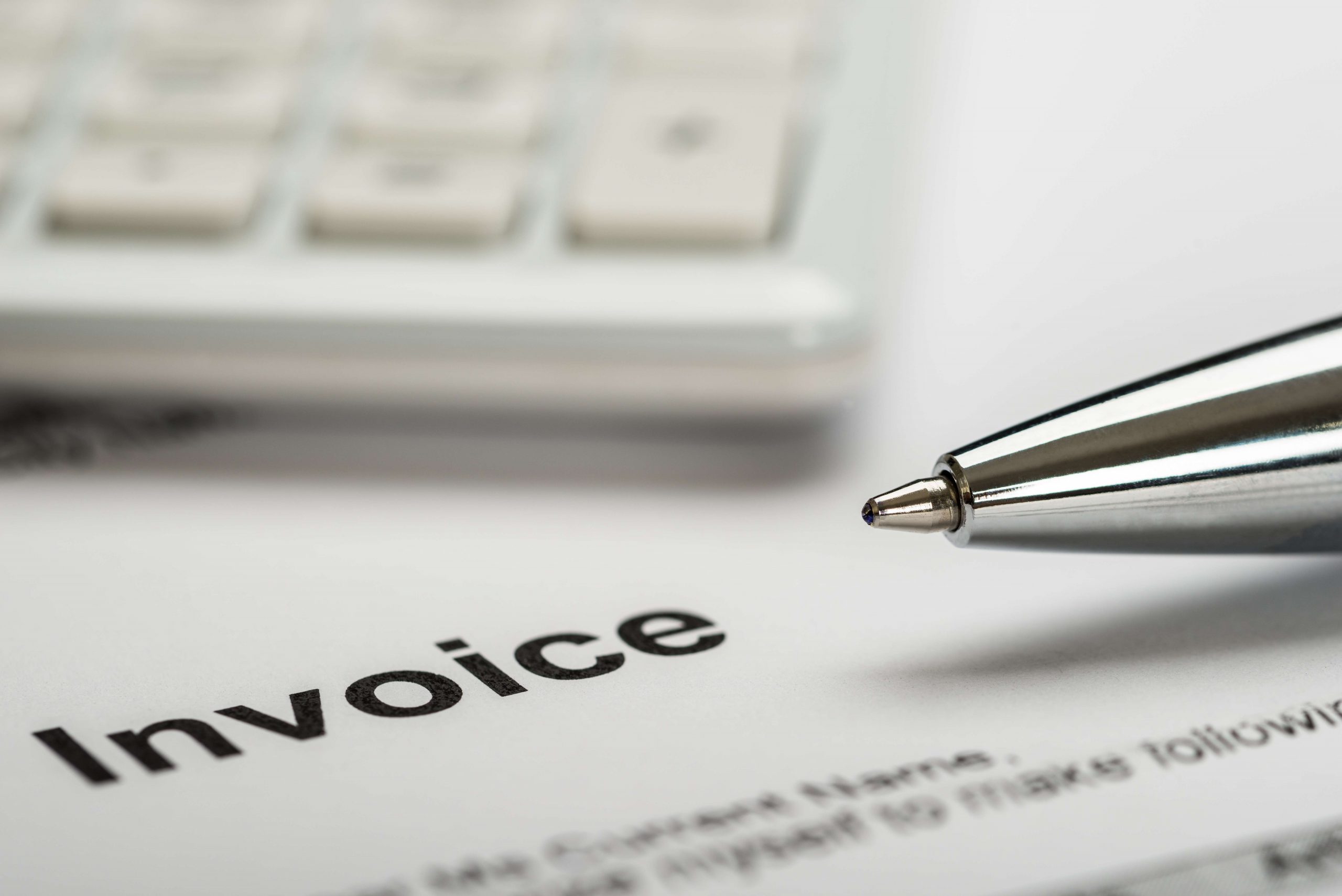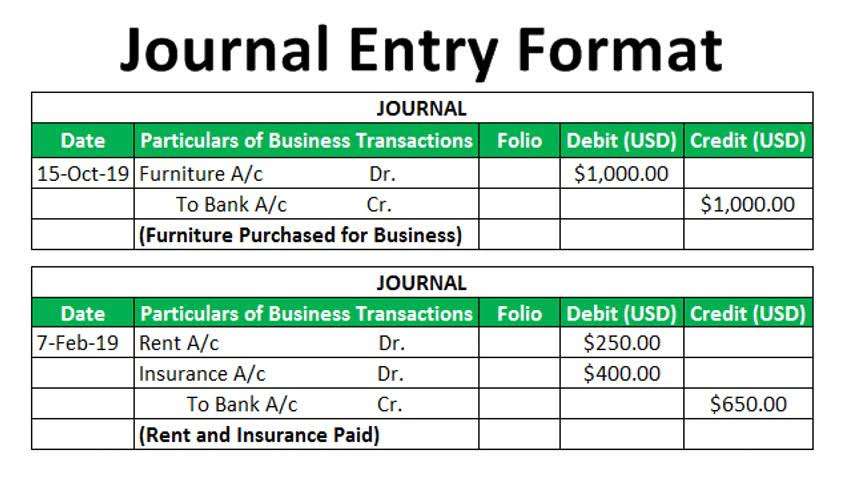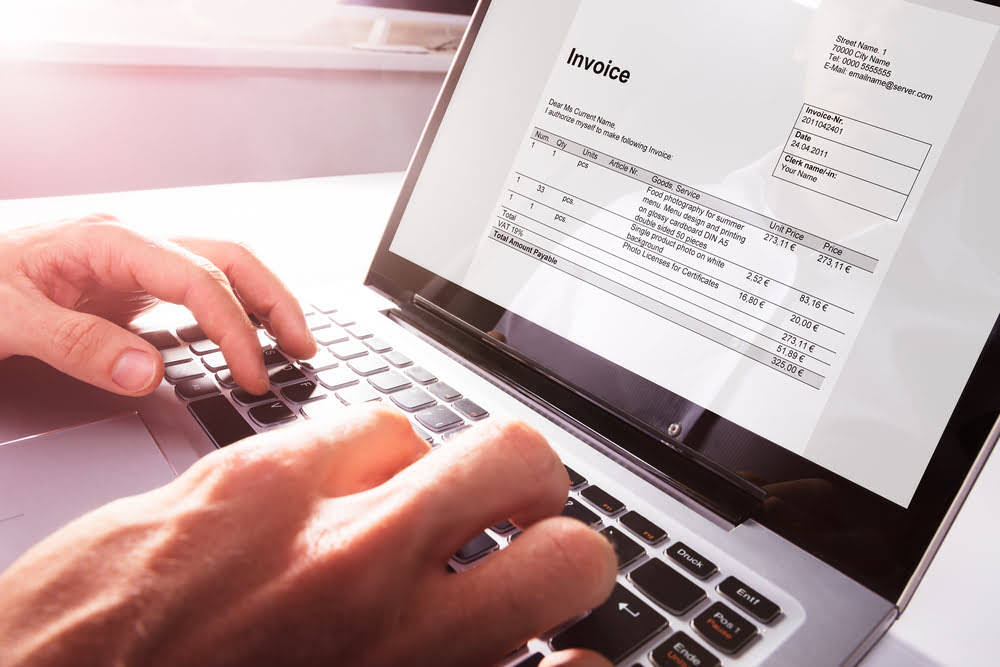Content

Assets are $200, liabilities are $100 so accounting leverage is 2 to 1. The notional amount is $200 and equity is $100, so notional leverage is 2 to 1. The volatility of the position is twice the volatility of an unlevered position in the same assets, so economic leverage is 2 to 1. Mary uses $500,000 of her cash to purchase 40 acres of land with a total cost of $500,000. However, the finance manager should carefully consider the situation and make a decision that enhances the benefits to shareholders. To cover the total risk and to be precise in their decision, the financial manager may rely on combined leverage. As this discussion indicates, both operating and financial leverage are related to each other.

The company had $22 billion in equity to back $691 billion in total assets. At that point, even a minuscule drop in asset value of 3% was enough to send one of Wall Street’s giants careening into oblivion. With financial leverage, companies can use debt as a tool to enable their business – and their revenues – to grow faster. But if a company takes on too much debt, the risk of financial loss grows as well. Financial leverage, deployed correctly, can turbo-boost the amount of financial capital a company deploys. Used adeptly, financial leverage enables companies to produce a higher rate of investment return than it likely could without using leverage.
Business Checking Accounts
But careful analysis and preparation by the borrower of several possible scenarios — good and bad — for the business, project, or investment are necessary to really know what you’re getting into. Most of us have an optimistic bias and prefer to think that leverage will expand our existing abilities rather than saddle us with a persistent burden of heavy cash outflows. No one buys a house or invests in a business thinking that it will go down in value. During periods of strong asset growth, the common association of “leverage” becomes too one-sidedly positive . The key to using leverage successfully is common sense, realistic assumptions, and a clear-eyed understanding of the risks.
Board of Governors of the Federal Reserve System The Federal Reserve, the central bank of the United States, provides the nation with a safe, flexible, and stable monetary and financial system. It helps in Taxation by reducing the net cost of borrowing as interest expense is tax deductible. How to determine which sets of data produce the same DOL is shown in Appendix 2. In the past 7 years, over 35,000 CMA candidates came knocking at my door seeking guidance. And just like them, I’m here to show you how you can pass the CMA exam on your first attempt without wasting money or time.
Understanding Leverage
Depending on the size of the company, businesses will sometimes take on hundreds of thousands of dollars of debt in order to leverage it and purchase assets. While that might seem like risky business, it’s the name of the game for competing corporations looking to outgrow each other. The company could have continued its operations without leveraging debt to obtain those new assets, but its profit wouldn’t have doubled. Instead, it leveraged the loan money it borrowed to become a bigger, more profitable operation than it was before. A year before its demise, Lehman’s leverage ratio was a massive 30-to-1.
The swap removes most of the economic risk of the treasury bond, so economic leverage is near zero. Able Company uses $1,000,000 of its own cash to buy a factory, which generates $150,000 of annual profits. The company is not using financial leverage at all, since it incurred no debt to buy the factory. Companies in the manufacturing sector typically report a higher debt to equity ratio than companies in the service industry, reflecting the higher amount of the former’s investment in machinery and other assets. Usually, the ratio exceeds the US average debt to equity ratio of 54.62%. For this reason, leverage should often be avoided by first-time investors until they get more experience under their belts. In the business world, a company can use leverage to generate shareholder wealth, but if it fails to do so, the interest expense and credit risk of default destroy shareholder value.
Operating leverage is defined as the ratio of fixed costs to variable costs incurred by a company in a specific period. If the fixed costs exceed the amount of variable costs, a company is considered to have high operating leverage. Such a firm is sensitive to changes in sales volume and the volatility may affect the firm’s EBIT and returns on invested capital.
While financial leverage can help grow your business and your assets, it can also be risky, particularly if assets expected to appreciate actually lose value. Another risk is the possibility of losing money on a purchased asset. Instead of paying for the building in cash, you decide to use $200,000 of your own money, borrowing the additional $400,000 needed. While financial leverage can be profitable, too much financial leverage risk can prove to be detrimental to your business. Always keep potential risk in mind when deciding how much financial leverage should be used. If Joe had chosen to purchase the first building using his own cash, that would not have been financial leverage because no additional debt was assumed in order to complete the purchase.
How Does Financial Leverage Work?
If calculating DFL for the current year, then the % of change needs to be calculated using the next year’s forecast. Using the % of change from the previous period to the current period gives us what the firm’s DFL was last year and not what the firm’s DFL is currently. UpCounsel is an interactive online service that makes it faster and easier for businesses to find and hire legal help solely based on their preferences. We are not a law firm, do not provide any legal services, legal advice or “lawyer referral services” and do not provide or participate in any legal representation.
This situation encourages the finance manager to go in for more and more debt financing to enhance the benefits to shareholders. Thus, financial leverage measures the relationship between the operating profit and earning per share to equity shareholders.
The reduction in loan loss provisions contributed notably to this recovery. Nonetheless, bank profitability remains under pressure from historically low net interest margins and uncertainty about the credit quality of loans exiting loss-mitigation programs.
A company’s capital structure consists of the debt and equity it uses to finance operations and growth. Leverage refers to the debt portion of capital and is usually expressed as total debt divided by owners’ equity. Some amount of leverage can increase the profitability of a company by providing funds for profitable investments. A lower financial leverage ratio is usually a mark of a financially responsible business with a steady revenue stream. Even if a company behind it is running significant debts, an exceptional financial leverage ratio tells potential shareholders and credit agencies that a business poses minimal risk and is likely worth an investment. Creditors also rely on these metrics to determine whether they should extend credit to businesses. If a company’s financial leverage ratio is excessive, it means they’re allocating most of its cash flow to paying off debts and is more prone to defaulting on loans.
Construction Management
The degree of financial leverage is a leverage ratio that assesses how a company’s earnings per share is affected by changes in operating income after making changes to its capital structure. When the degree of financial leverage is high, that means that the company will experience rapid changes in earnings. This could lead to excellent returns, but only if the company’s operating income rises. While leverage magnifies profits when the returns from the asset more than offset the costs of borrowing, leverage may also magnify losses. A corporation that borrows too much money might face bankruptcy or default during a business downturn, while a less-leveraged corporation might survive. An investor who buys a stock on 50% margin will lose 40% if the stock declines 20%.; also in this case the involved subject might be unable to refund the incurred significant total loss.
What is financial leverage? – Sentinelassam – The Sentinel Assam
What is financial leverage? – Sentinelassam.
Posted: Mon, 04 Oct 2021 07:00:00 GMT [source]
Financial leverage is a tactic to multiply gains and losses, calculated by a debt-to-equity ratio. Of course, having access to accurate financial statements is a must for calculating financial leverage for your company. Leveraged ETFs are self-contained, meaning the borrowing and interest charges occur within the fund, so you don’t have to worry about margin calls or losing more than your principal investment. This makes leveraged ETFs a lower risk approach to leveraged investing. If the value of your shares fall, your broker may make a margin call and require you to deposit more money or securities into your account to meet its minimum equity requirement. It also may sell shares in your margin account to bring your account back into good standing without notifying you.
Illustration Of Financial Leverage
Companies with high ongoing expenses, such as manufacturing firms, have high operating leverage. High operating leverages indicate that if a company were to run into trouble, it would find it more difficult to turn a profit because the company’s fixed costs are relatively high. Investors use leverage to significantly increase the returns that can be provided on an investment.
Leverage results from using borrowed capital as a funding source when investing to expand the firm’s asset base and generate returns on risk capital. Leverage is an investment strategy of using borrowed money—specifically, the use of various financial instruments or borrowed capital—to increase the potential return of an investment. EPSEarnings Per Share is a key financial metric that investors use to assess a company’s performance and profitability before investing. It is calculated by dividing total earnings or total net income by the total number of outstanding shares.
Chapter 11 Bankruptcy
This is particularly true if you invest funds that aren’t your own. Until you have experience—and can afford to lose money—leverage, at least when it comes to investing, should be reserved for seasoned pros. While leverage affords plenty of potential for upside, it can also end up costing you drastically more than you borrow, especially financial leverage if you aren’t able to keep up with interest payments. That means if an index rose 1% in a particular day, you might gain 2% or 3%. It’s important to note that on most days, major indexes, like the S&P 500, move less than 1% in either direction, meaning you generally won’t see huge gains or losses with this kind of fund.
- These ratios either compare debt or equity to assets as well as shares outstanding to measure the true value of the equity in a business.
- Learn what financial leverage is and if it’s a good option for your business.
- To use leverage successfully, a company must use realistic projections, sound management decisions, common sense, and an unbiased appraisal of the risks.
- And in return, they demand a higher return on their investments, resulting in diminishing returns to common stockholders.
- A good deal of confusion arises in discussions among people who use different definitions of leverage.
- Most of these companies, many of which are from Hollywood, forgot that they still had to repay their debts even if the projects they financed with the funds failed.
Before the 1980s, regulators typically imposed judgmental capital requirements, a bank was supposed to be “adequately capitalized,” but these were not objective rules. Hedge funds may leverage their assets by financing a portion of their portfolios with the cash proceeds from the short sale of other positions. On the other hand, losses are also multiplied, and there is a risk that leveraging will result in a loss if financing costs exceed the income from the asset, or the value of the asset falls. There is usually a natural limitation on the amount of financial leverage, since lenders are less likely to forward additional funds to a borrower that has already borrowed a large amount of debt. Return on equity is a measure of financial performance calculated by dividing net income by shareholders’ equity.
Assume that Company X wants to acquire an asset that costs $100,000. If the company opts for the first option, it will own 100% of the asset, and there will be no interest payments. If the asset appreciates in value by 30%, the asset’s value will increase to $130,000 and the company will earn a profit of $30,000. Similarly, if the asset depreciates by 30%, the asset will be valued at $70,000 and the company will incur a loss of $30,000.

When a business uses leverage—by issuing bonds or taking out loans—there’s no need to give up ownership stakes in the company, as there is when a company takes on new investors or issues morestock. Financial leverage is defined as total assets divided by total shareholders’ equity. The higher the ratio, the more debt a company uses in its capital structure. For comparison, the industry average and S&P 500 average are shown for the most recent fiscal year. Companies use a combination of equity and debt to finance their operations, but they must generate a higher rate of return than the interest rates on their loans to maintain growth in profits.
The debt ratio is calculated by dividing total liabilities by total assets. A lower ratio, .5% or less, is seen as favorable, indicating stability and longevity. In other words, the company would have to sell off all of its assets in order to pay off its liabilities.
It is observed that debt financing is cheaper compared to equity financing. When calculating financial leverage, you should note that EBIT is a dependent variable that is determined by the level of EPS. Let’s see an example to understand the calculation of financial leverage formula. In evaluating the wisdom of their investment in a corporation, its owners should use the current market value of its stock, because this is what they would have available to invest elsewhere if they liquidated the stock. As the volume of revenue and the level of operating profit increase , these fixed financing amounts remain constant. This means that the Company B has a higher percentage of debt to finance its assets than Company A(80% vs 75%) to finance its assets. Here, we’ll explore the concept a bit further, review some of the ratios that fall under the broader “leverage ratio” umbrella, see what a solid one looks like, and take a look at some examples.
